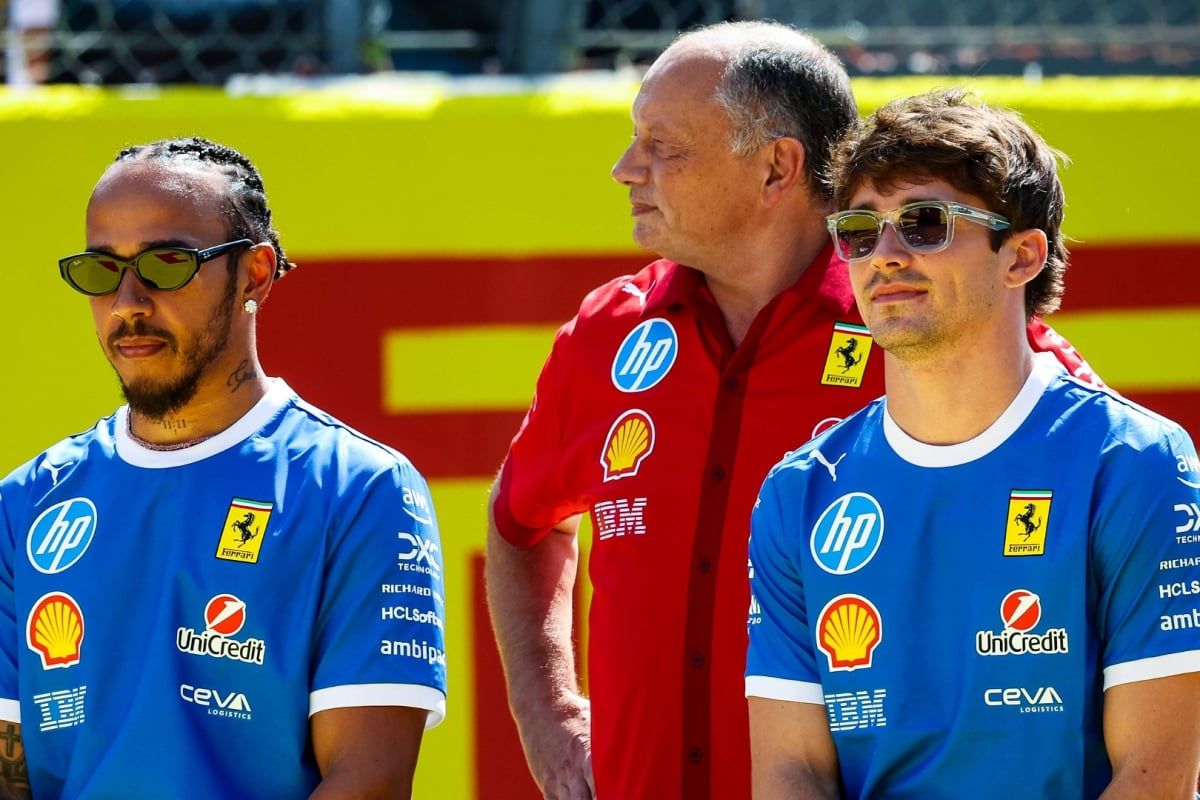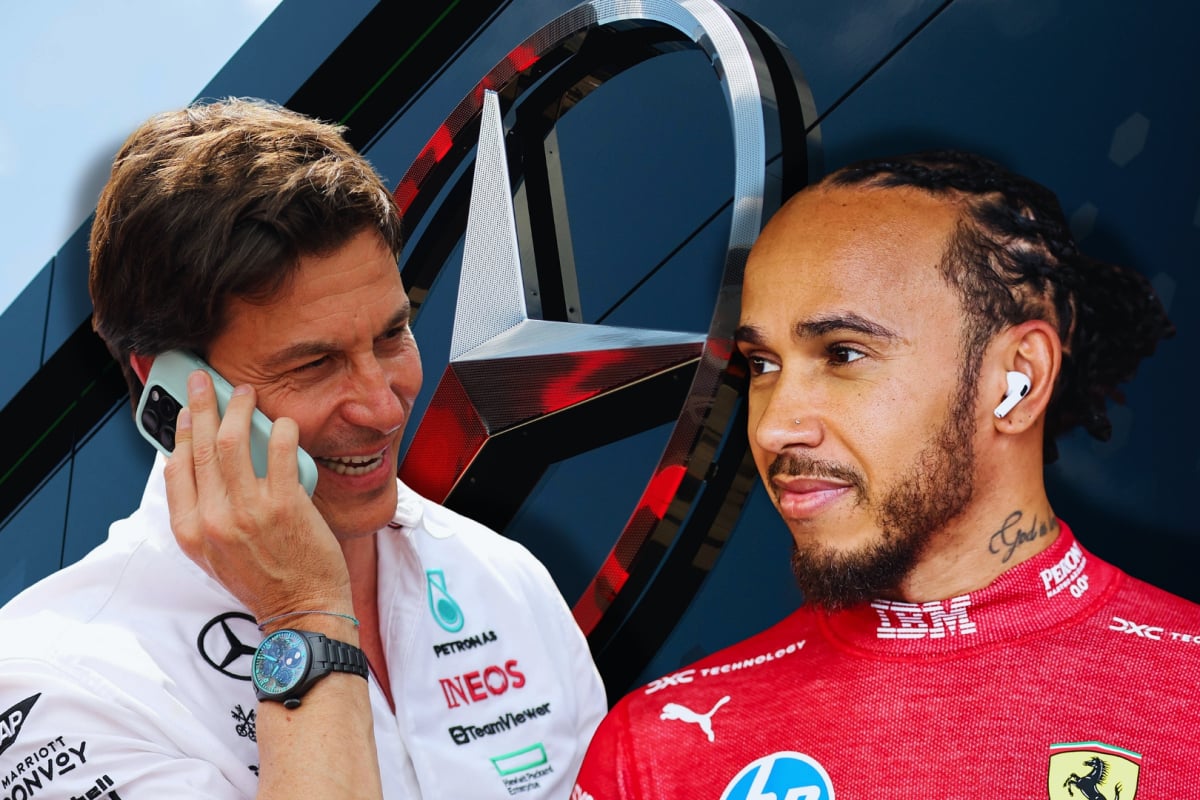Lando Norris Defies Thieves with Lavish New Watch Display After £… read more
Formula 1 driver Lando Norris has publicly showcased a new, expensive watch just weeks after being the victim of a brazen robbery in which thieves stole a Richard Mille timepiece worth a reported £144,000. The move, while seemingly provocative to some, highlights the complex relationship between wealth, public image, and personal security within the high-profile world of professional motorsport. The incident, which occurred in London on August 2nd, saw Norris targeted while attending a high-profile event. He was approached by two individuals who forcibly removed the watch from his wrist before fleeing the scene. Metropolitan Police confirmed they were investigating the incident, but no arrests have been made publicly.
The robbery garnered significant media attention, not only because of Norris’s status as a prominent F1 driver but also because of the exorbitant value of the stolen watch. Richard Mille watches are known for their intricate designs, use of high-tech materials, and exclusive price tags, making them highly desirable targets for thieves specializing in luxury goods. The publicity surrounding the theft inevitably sparked discussions about the security risks faced by high-profile individuals, particularly those with a visible display of wealth. Many commentators questioned the wisdom of wearing such expensive and recognizable timepieces in public, arguing that it could make an individual a more attractive target for criminals.
However, Norris’s recent display of a new, equally luxurious watch suggests a different response to the incident. While the specific brand and model remain unconfirmed by the driver himself, images circulating on social media show a similarly high-end timepiece on his wrist, hinting at a significant investment. This seemingly defiant act could be interpreted in several ways. It could be a demonstration of unwavering confidence and a refusal to be intimidated by criminal activity. The message might be that his success and wealth are not diminished by the actions of thieves and that he will not alter his lifestyle in response to their threat. Furthermore, the public display could be seen as a calculated strategic move to assert his continued prosperity and resilience in the face of adversity.
Alternatively, the decision to showcase a new expensive watch could be viewed as insensitive, especially considering the ongoing police investigation and the potential broader impact of such displays on public perception. Some might argue that flaunting wealth in such a manner, particularly so soon after a violent crime, is tone-deaf and risks further escalating the problem of high-value robberies. The incident highlights the inherent tensions between personal freedom and security concerns, particularly for individuals operating within the public eye. The display of wealth is often intertwined with the very nature of their public image and professional success. For many high-profile athletes, the public projection of affluence is integral to their brand and commercial appeal.
Norris’s actions undoubtedly invite a wider conversation surrounding the ethical considerations of displaying wealth and the responsibilities that accompany public profiles. The incident serves as a stark reminder of the high costs associated with fame and the complexities of navigating public image in a world where wealth can also attract unwanted attention. While some may applaud Norris’s apparent resilience, others may criticize his decision as insensitive or even provocative. Regardless of interpretation, the incident and its aftermath have become a compelling case study within the intersection of personal security, public image, and the intricate dynamics of celebrity culture in the modern era. The ongoing investigation and Norris’s future actions will undoubtedly continue to shape public perception and influence debates surrounding the display of wealth and personal security in the public domain.




